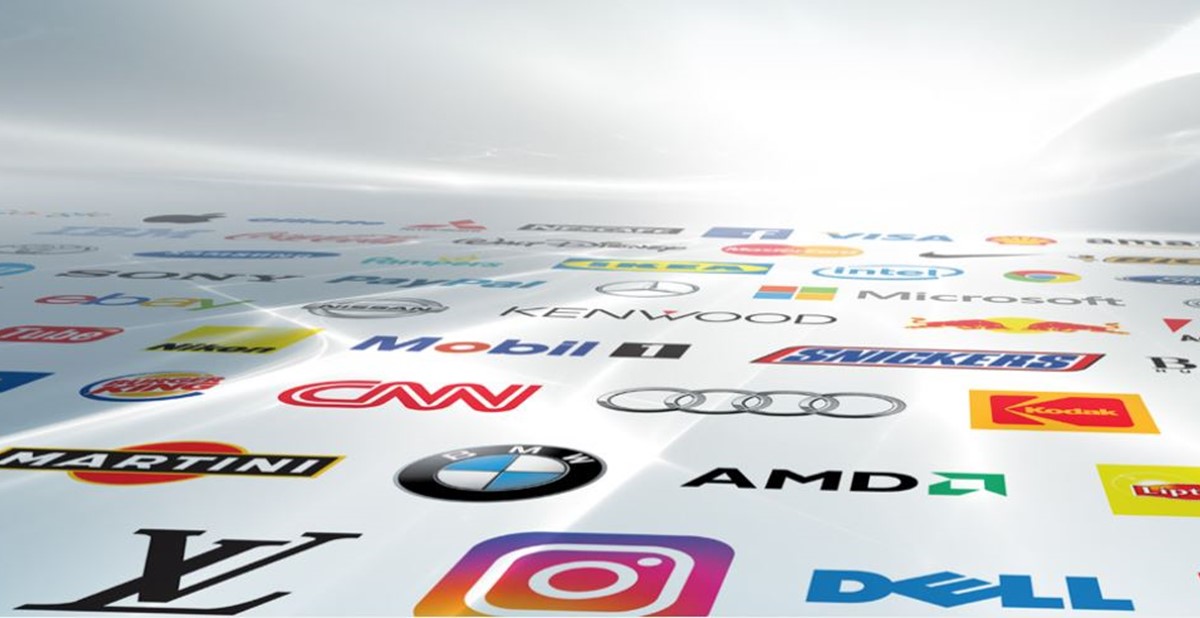Market Share: Like The Seasons, Brands Change, Too

It comes as no surprise that technology is dominating the consumer goods space, and it’s one of the latest findings of Iconic Moves: Transforming Customer Expectations, a report on the 100 leading consumer brands of 2019 published by Interbrand, a New York-based marketing consultancy and a division of Omnicom. The report named Apple, Google, Amazon, Microsoft, Coca-Cola, Samsung, Toyota, Mercedes-Benz, McDonald’s and Disney as the world’s leading brands, with tech and electronics companies dominating half of the top positions. Amazon was also named one of the top-growing brands, following Mastercard and Salesforce, but Apple was determined to be the highest-valued company worldwide, with a net worth of around $1 trillion.
The report also revealed insights about consumer demand, stating that as consumers have access to more information, which allows them to become better informed and connected, their demands and expectations of brands grow. Consequently, this changing dynamic of consumers’ brand expectations have led to four trends: abundance of choice, erosion of loyalty, speed of adoption and shifting frames of references.
Consumers are inundated, now more than ever, with the extreme power of choice. Looking to purchase a new pair of boots? There is a plethora of companies offering boots, with new brands launching every year, especially in the online space, making it less likely for consumers to remain loyal to their favorites. This segues into the high-paced speed of adoption, with technology companies, like Apple and Google, significantly aiding mass adoption of technologies. This can be witnessed by the number of people who flock to Apple stores whenever the latest smartphone is released. Not only do consumers know about product releases, but they make plans around it. When the iPhone X was released at retail for $999, for instance, some consumers set up tents, air mattresses and chairs outside of the Apple Store in Chelsea, New York, and camped out until the next morning to be among the first to get their hands on the device.
All of these factors have contributed to consumers’ shifting frames of reference. Consumers, now, have become more than accustomed to abundance. They want better, faster, stronger products, they want as many choices as possible, and they want it all at their fingertips. Because brands, like Netflix, have responded by giving consumers what they want—and topping it off with more—consumers have come to expect abundance and immediacy across the board. All the heightened consumer expectations, abundance of choice, high-speed rate of adoption and shifting frames of reference have given way to an extremely competitive marketplace, and one in which peoples’ expectations, according to the report, are evolving faster than the world’s most competitive businesses.
For brands to remain in-the-know about what is happening, Interbrand doesn’t suggest taking a research and development route, but rather, visiting forums, listening to people’s conversations and paying attention to habits and demand. The report also suggests brands focus on “iconic moves,” or strategic decision-making to remain competitive, relevant and profitable. To prepare for these iconic moves, Interbrand touched on five areas that brands should focus on.
Nurture ongoing change. Brands must collect data about their customers and apply this data to the design and function of their products and services, creating a direct link between the customer’s preferences, values and even attitudes and the brands they buy from.
Look for weaknesses. Weaknesses predominately exist in four areas: customers, operations, competition and performance. If customers are dissatisfied with their experience, that’s a problem. If loyalty is decreasing and innovation is incremental, those are also problematic. Acknowledging problem areas paves the way for resolve.
Seek alignment. Alignment is typically determined by the customers. If brands are meeting customers’ needs, there’s alignment. Interbrand provides the example of The Lego Movie (2014), which opened the doors for LEGO to reach a new generation. LEGO’s sales in the year following the movie release increased 25 percent.
Expand the available options. Iconic moves are strategic actions made to alter how consumers interact with brands. However, they are not disruptions, because they aren’t dependent on product innovation, but strategy. Examples of this include Dollar Shave Club’s introduction of its subscription model and partnerships, like the one mentioned between Amazon and Whole Foods. Iconic moves are intended to open new areas of profitability and business potential.
Follow through with the plan. For a plan to be successful, it has to be followed—plain and simple. This requires having the courage to change and change boldly, and to ensure the timing, customers’ needs and the customers’ experience align appropriately. When brands do not follow through with their actions, they become vulnerable to having their plan fail.
–––––––––––––––––––––––––––––––––––––––––––––––––––––––––––
Danielle Renda is associate editor of PPB.

